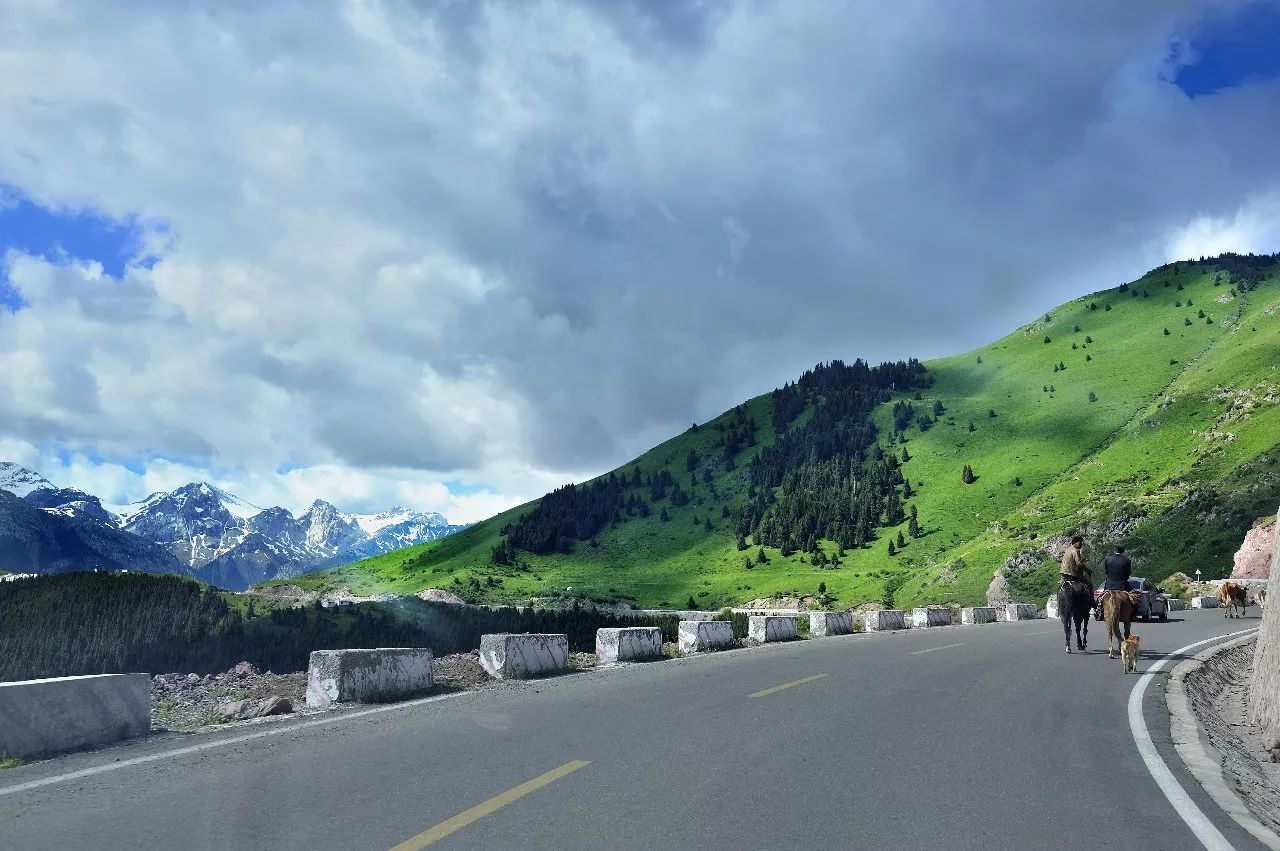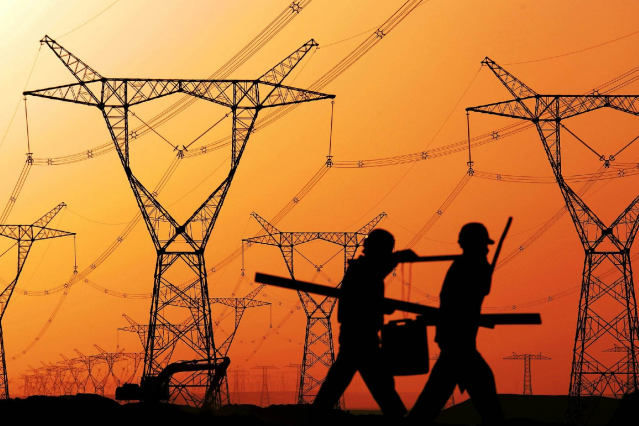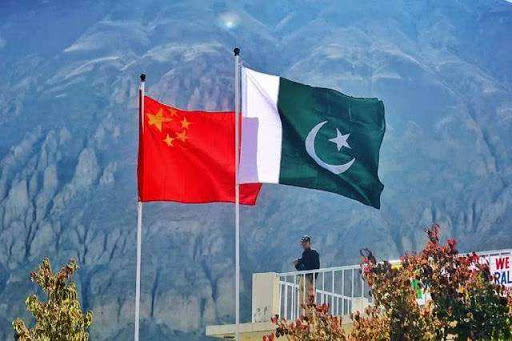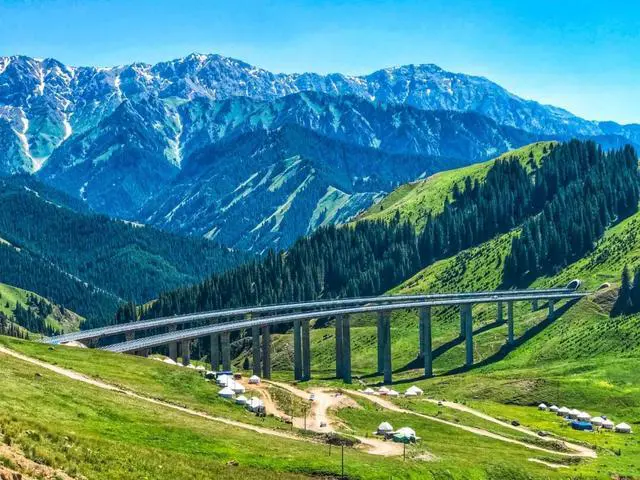Editor's note: the author is Prof. Engr. Zamir Ahmed Awan, Sinologist (ex-Diplomat), Editor, Analyst, Non-Resident Fellow of CCG (Center for China and Globalization), National University of Sciences and Technology (NUST), Islamabad, Pakistan. (E-mail: [email protected]).
Before talking anything about Xinjiang, it would be better to understand Xinjiang itself.
Xinjiang Uygur Autonomous Region is situated in the northwestern border area of China. In the southeast, it neighbors Gansu Province, Qinghai Province, and the Tibet Autonomous Region. One of the most significant regions of China, it is 2,000 km long from its eastern border to the western frontier and 1,650 km long from its southern to the northern boundary. Having a total area of 1.6649 million square kilometers, accounting for almost one-sixth of Chinese territory.
Xinjiang is located at a significant and strategic location, connecting Central Asia, South Asia, Eurasia. Xinjiang having common International borders with; Mongolia, Russia, Kazakhstan, Kyrgyzstan, Tajikistan, Afghanistan, Pakistan, and India. With a total length of borderline of 5,600 km, it is one of China's provinces with the longest borderline. In ancient times, Xinjiang was an essential section of the Silk Road. In modern times, it serves as a gate and passageway for China to open to the west.
A unique topography of Xinjiang, with snow-covered peaks having altitude up to 8611 meters above sea-level, deserts, and places in depression with an elevation of minus 154 meters below the sea-level, makes the region attraction for everyone. Its climate is a typical continental one with the highest temperature up to 32 degrees centigrade and the minimum temperature up to minus 20 degrees centigrade below zero. With plenty of sunshine, it attracts tourists. The total population of Xinjiang is estimated to be 25 Million approximately (2018) with a perfect mixture of 47 ethnic minorities, a diversified culture.
Xinjiang is an old civilization, with a documented history of 2500 years. Since the 18th century, during the period of the Qing Dynasty, it became part of China. After the liberation of China in 1949, it became part of the People's republic of China as one of the provinces but got the status of the Autonomous region in 1955.

Economy
Xinjiang is blessed with an abundance of natural resources. The conducive climate has made Xinjina a unique agriculture base. Immense reserves of mineral, especially some of precious and rare earth metals, the Xinjiang is distinguished. Reserves of Oil, Gas, and Coal are the backbone of Xinjiang's economy.
Agriculture
In agriculture, Xinjiang is producing grain, like Wheat, Millet, Maiz, and recently a sharp increase in rice production has been witnessed. Fruits in Xinjian are exceptional like Grapes, Pears, Apples, Melon, Apricot, Walnuts, etc. Cotton is the largest community contributing to the economy of the region. Sheep, goats, are the most favorite in this region with increasingly beef consumption, the livestock industry is picking up. Freshwater sea-food like fish is in high demand and contributing to the economy very well.
Xinjiang is rich in selections of biological resources, and many of them are unique to Xinjiang only. So there is great potential for the exploitation of natural biological resources. There are more than 4,000 types of wild animals and plants, and more than 10,000 varieties of local crops and announced crops. Besides, Xinjiang is the origin of many fruit trees, and is abundant in types of varaities. Natural herbal medicines are widely distributed, such as ephedra, kendir, liquorice, and snow lotus, and they are fine in quality.
Xinjiang possesses complete categories of minerals with vast reserves. There exists a bright prospect for the exploitation of minerals as oil, natural Gas, coal, gold, chrome, copper, nickel, rare metals, salts, and nonmetal building materials.
Agriculture and mineral resources are essential requirements as a raw material for industrialization, which satisfies the pre-requisites in Xinjiang.

Infrastructure
Aviation
Xinjiang is very well connected with all major cities of China by air, and routing commercial flights are available. In all parts of Xinjiang, there are modern airports and with few with the facility of International flights. It makes connectivity with other parts of China as well as the international linkages very convenient.
Highways
A network of highways has been developed as the backbone, connecting Xinjiang to Gansu, Qinghai, and Tibet, and to as far as Central, South Asia, and West Asian countries. The new network of highways and motorways has shortened the distance between cities, shorten travel time, and reduced transportation cost immensely. The development of advanced transportation has speeded up economic activities hugely.
Railway
A network of railways, high-speed trains, express trains, regular trains, and specialized cargo trains has been developed, with Urumqi at the Center, connecting with major cities in China. Railway network was aimed to speed up transportation of passengers as well as cargo. The local products can reach to end user rapidly, conveniently yet at an affordable cost.
Oil and Gas Pipe-lines
Oil and Gas, like other natural resources, are usually in the remote, far-flung areas, while the end-users are in industrial hubs or the big cities far away from the source. Transportation of Oil and Gas is more economical by pipe-lines. A well-established network of pipe-lines has been constructed from source to Industrial hubs and cities in significant parts of China.

Services
Banking and Insurance sector has established a robust up-dated network for the facilitation of economic activities. Phone, Cell phones, and Internet services have been provided to better communication among people and the flow of information, contributing toward economic activities.
Industry
A comprehensive industrial system has been built in Xinjiang, with the mineral exploitation and processing of agricultural products as the mainstay, including the Oil and Gas, Petrochemical, Coal, Electric power, Textile, Building or Construction materials, Chemical industry, Pharmacy and food processing etc.
The government's attractive policies and lucrative incentives are the essential role-playings in the rapid development of Industrialization in Xinjiang.
Strategic location
Having common borders with seven countries, Xinjiang has enormous potential for cross-border trade. Infrastructure development and industrialization have contributed toward the GDP growth. Despite COVID-19, harming the global economy, and the national economy, yet, the GDP growth in Xinjiang witnessed considerable growth. Xinjinag is playing a pivotal role in BRI. Primarily, the China-Pakistan Economic Corridor (CPEC) depends on Xinjiang; the development in Xinjiang are instrumental in the success of CPEC.
(ASIA PACIFIC DAILY)
 简体中文
简体中文

